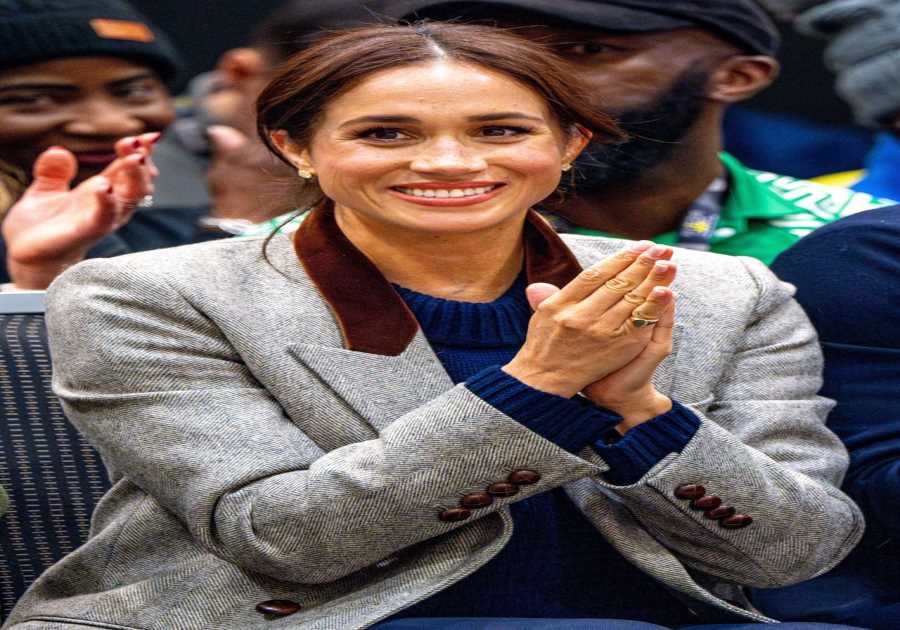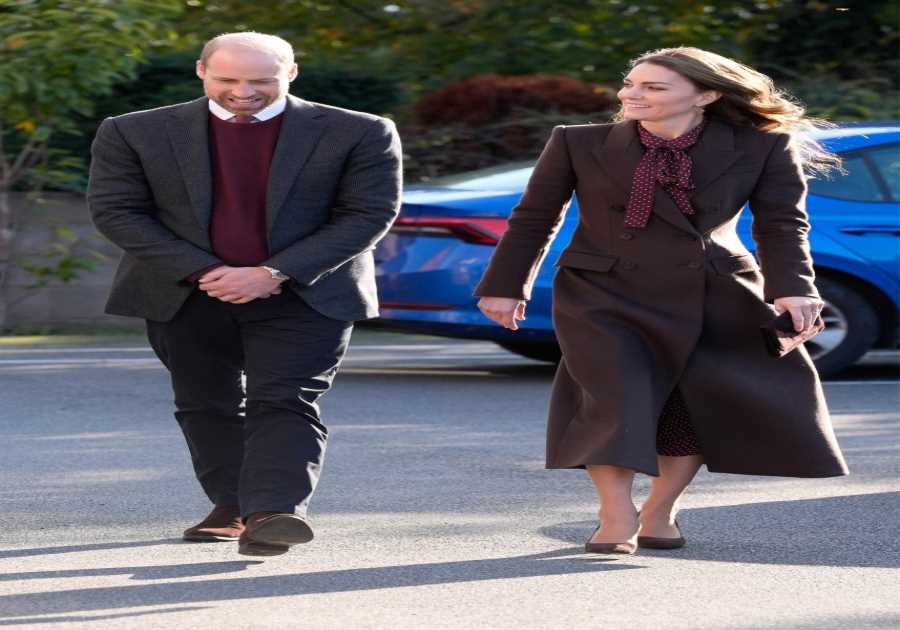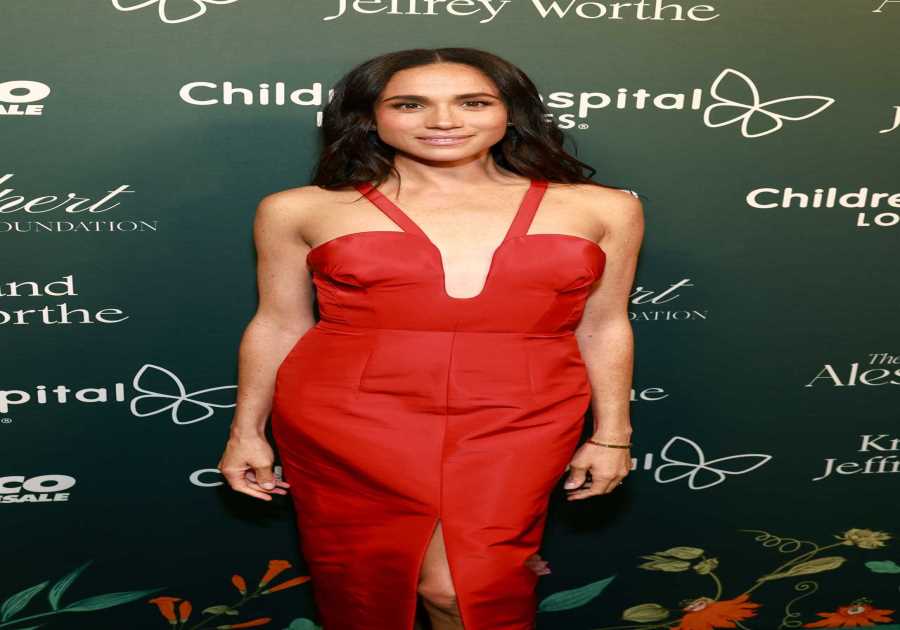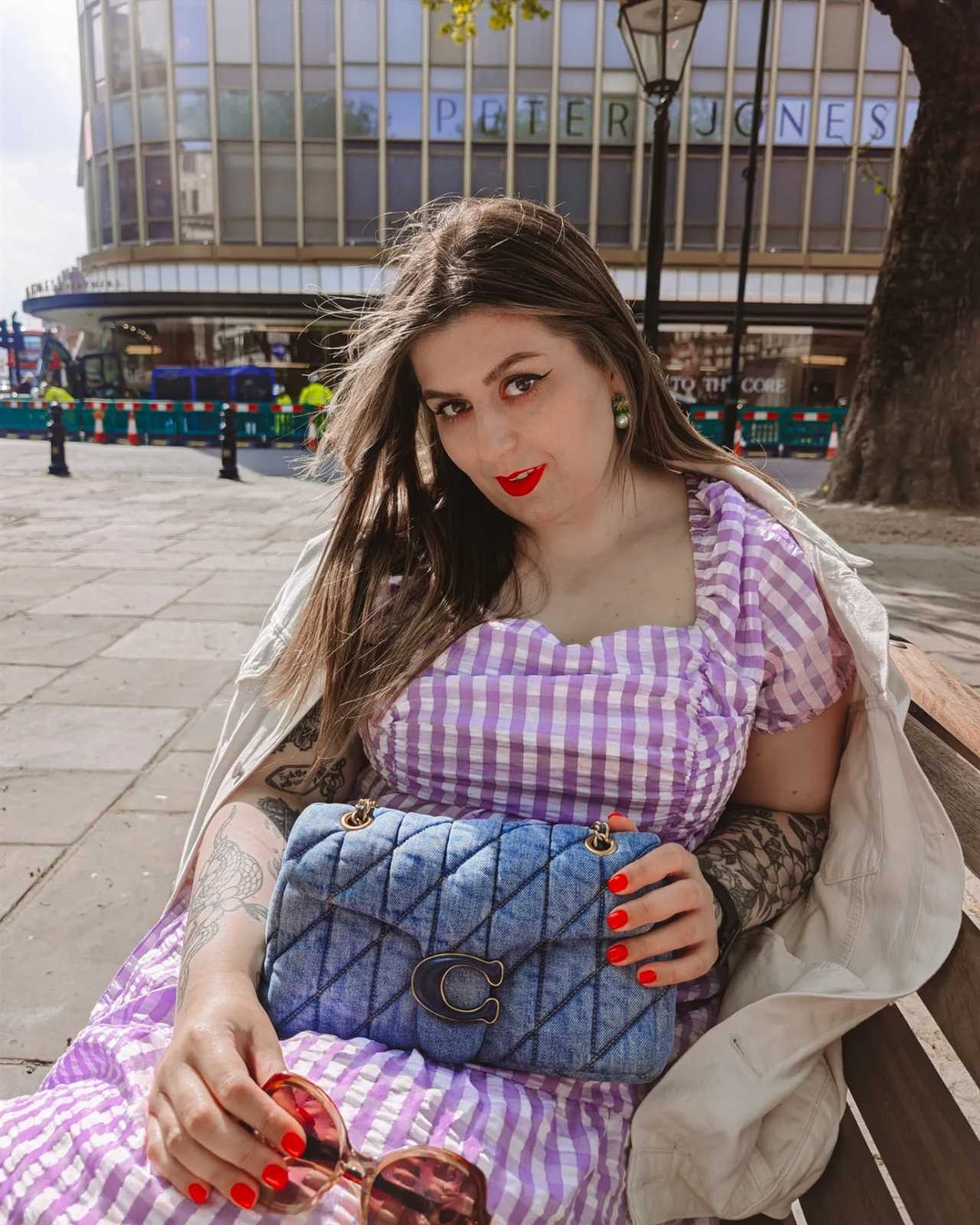
Delving into the realm of reality TV reveals a persistent absence of diverse body shapes, with Love Island exemplifying this trend. As a size 16 viewer, the discrepancy between the show's ultra-slim contestants and the UK's average body size raises critical questions about media representation and its impact on societal perceptions.
The Impact of Unrealistic Beauty Standards
Love Island's annual parade of conventionally attractive, slender stars perpetuates a narrow beauty ideal, excluding larger and mid-size bodies. This unattainable standard not only alienates viewers but also reinforces harmful notions that equate thinness with desirability, fostering distorted body images among viewers, especially impressionable young audiences.
Consequences of Homogeneity in Body Representation
By consistently showcasing a single body type, Love Island inadvertently contributes to a culture where diverse bodies are stigmatized. The glorification of thinness not only fails to reflect real-world demographics but also perpetuates damaging attitudes towards body diversity, potentially fuelling disordered eating behaviours and body dysmorphia.
A Call for Inclusive Representation
While advocating for a broader spectrum of body types on Love Island, the potential backlash faced by non-conforming contestants highlights the toxic environment that perpetuates unrealistic beauty standards. Balancing the desire for representation with the need to protect individuals from harmful scrutiny poses a complex dilemma, underscoring the pervasive impact of societal beauty norms on mental well-being.
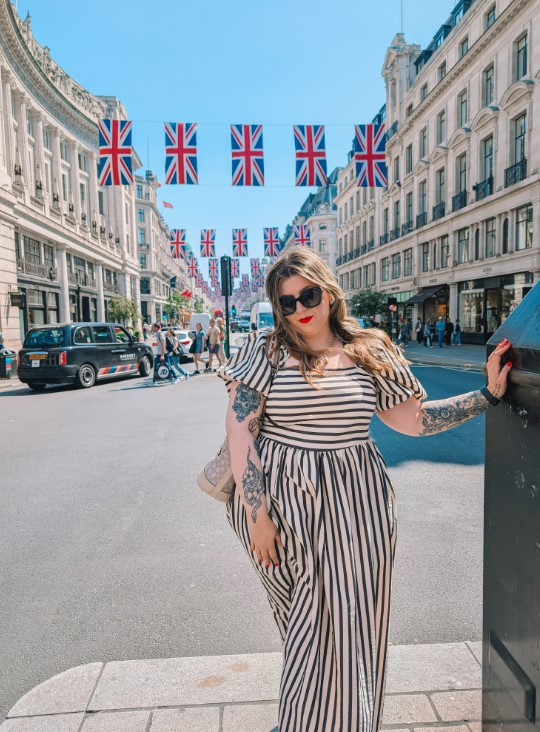
In navigating the delicate balance between inclusive representation and safeguarding against online abuse, Love Island's role in perpetuating exclusive beauty standards warrants critical reflection. As viewers, we must engage in nuanced discussions about the systemic implications of media portrayals on body image and collective well-being, transcending simplistic narratives and embracing the complexities of body positivity in popular culture.



